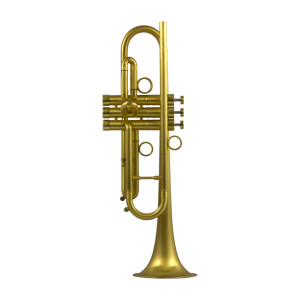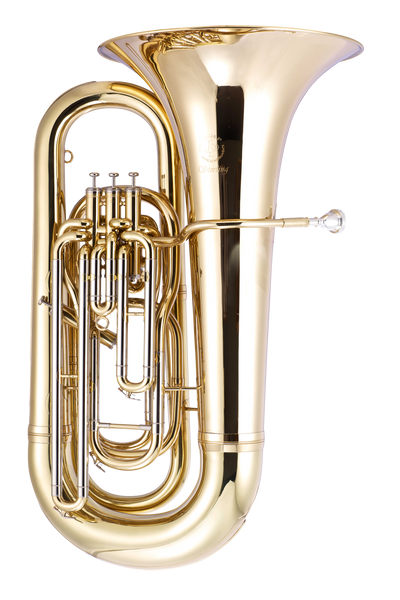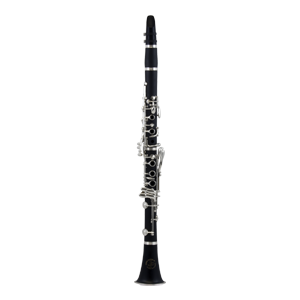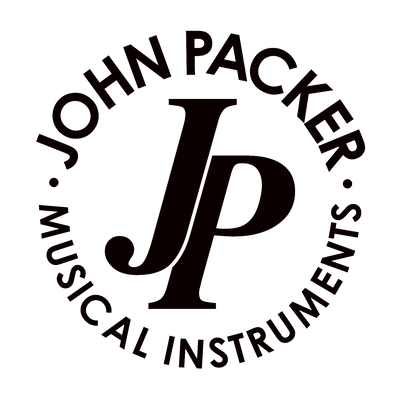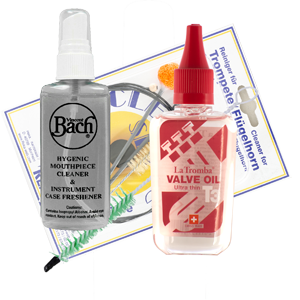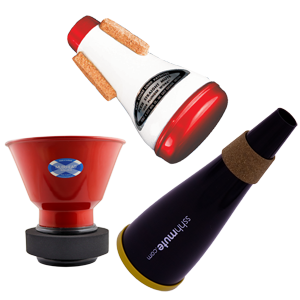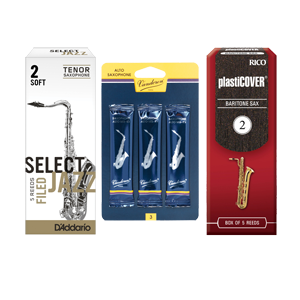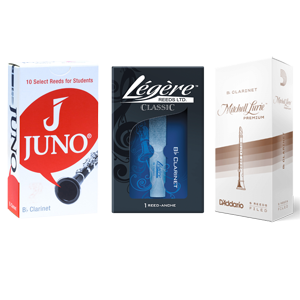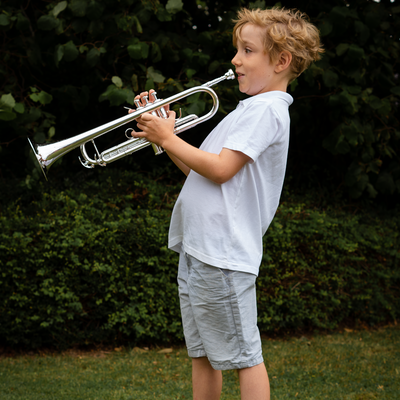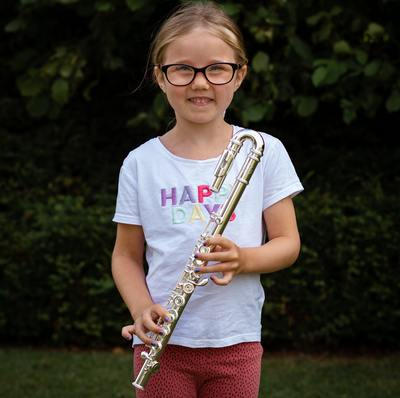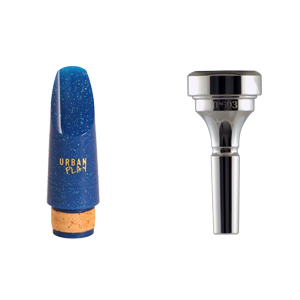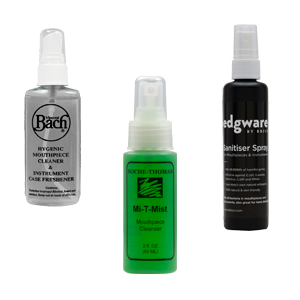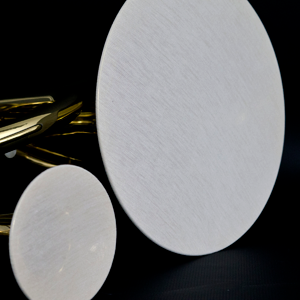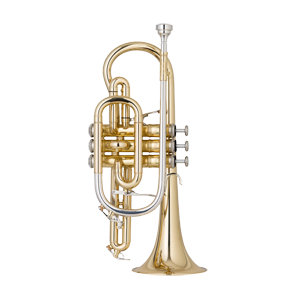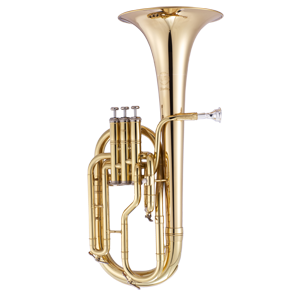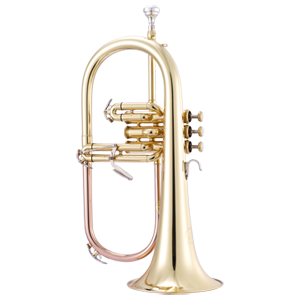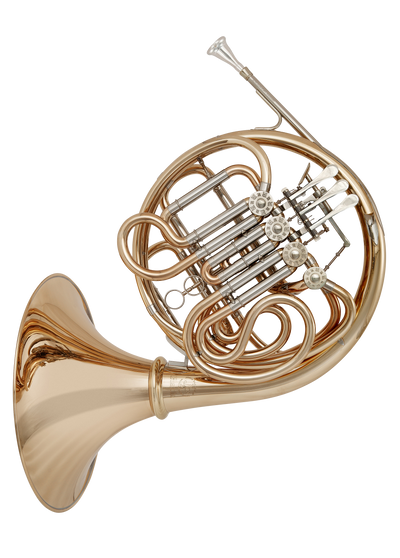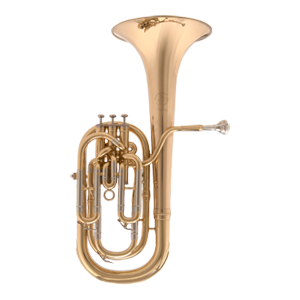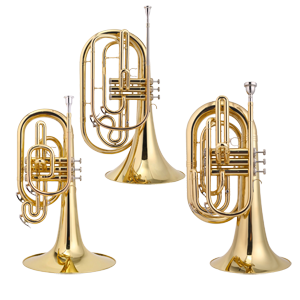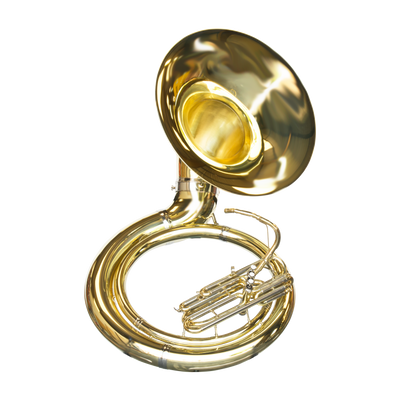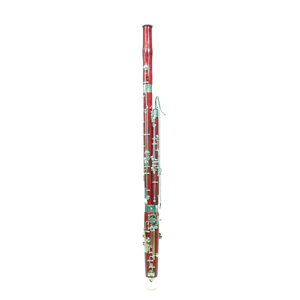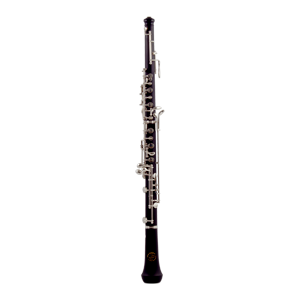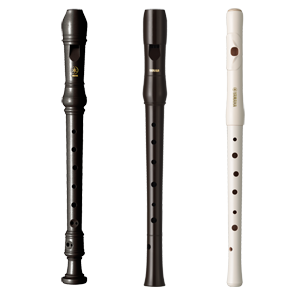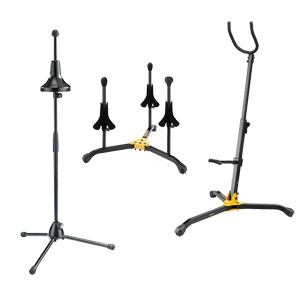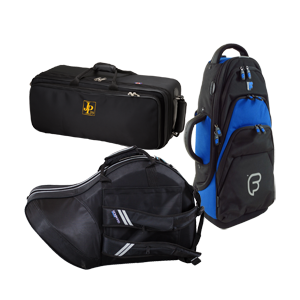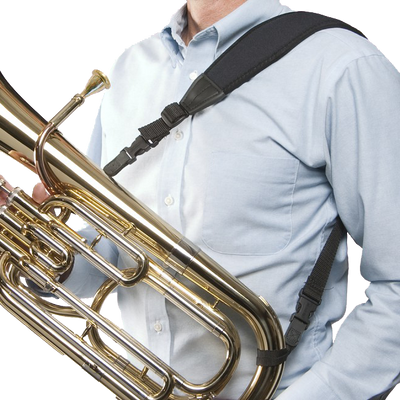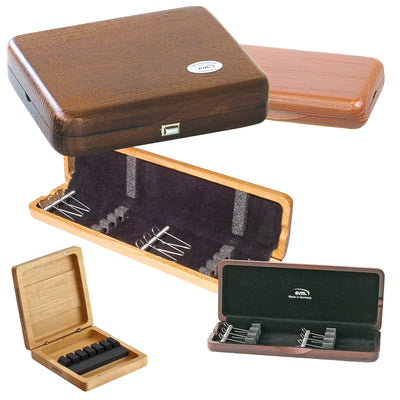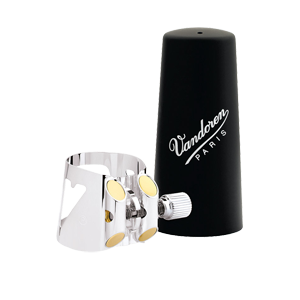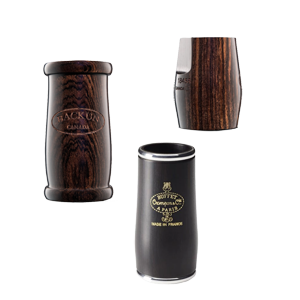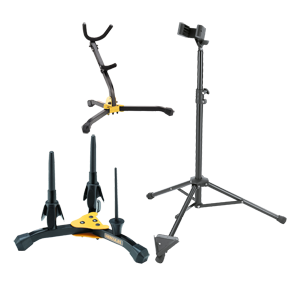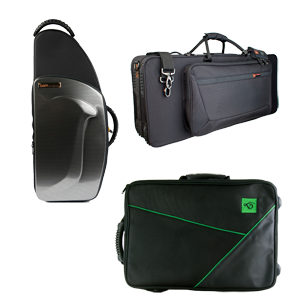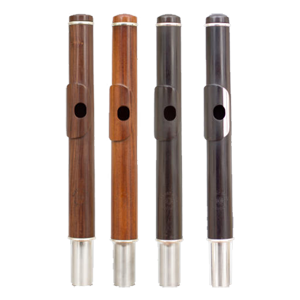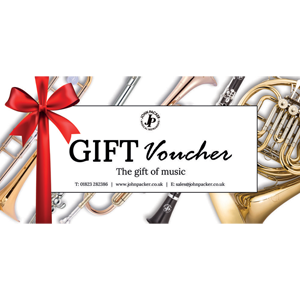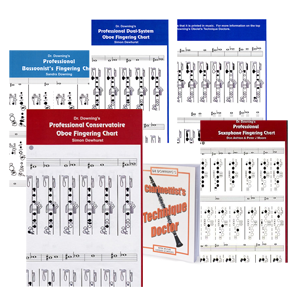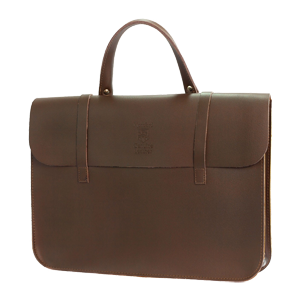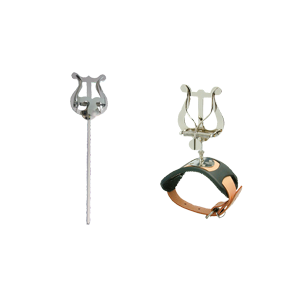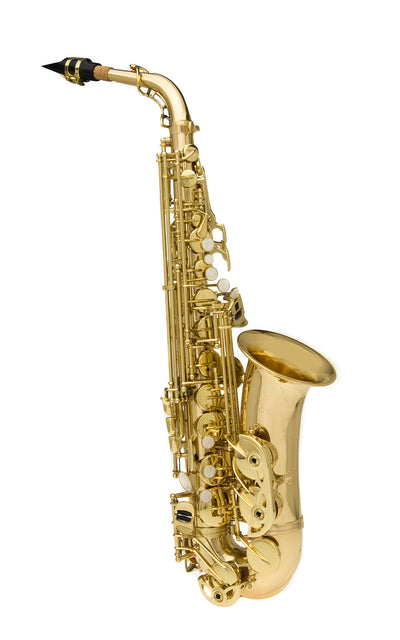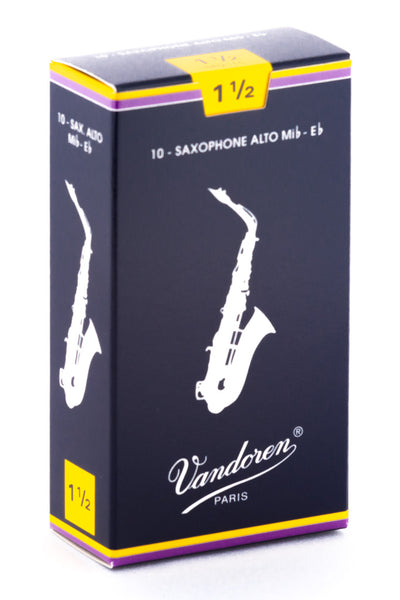A guide to buying your first trumpet
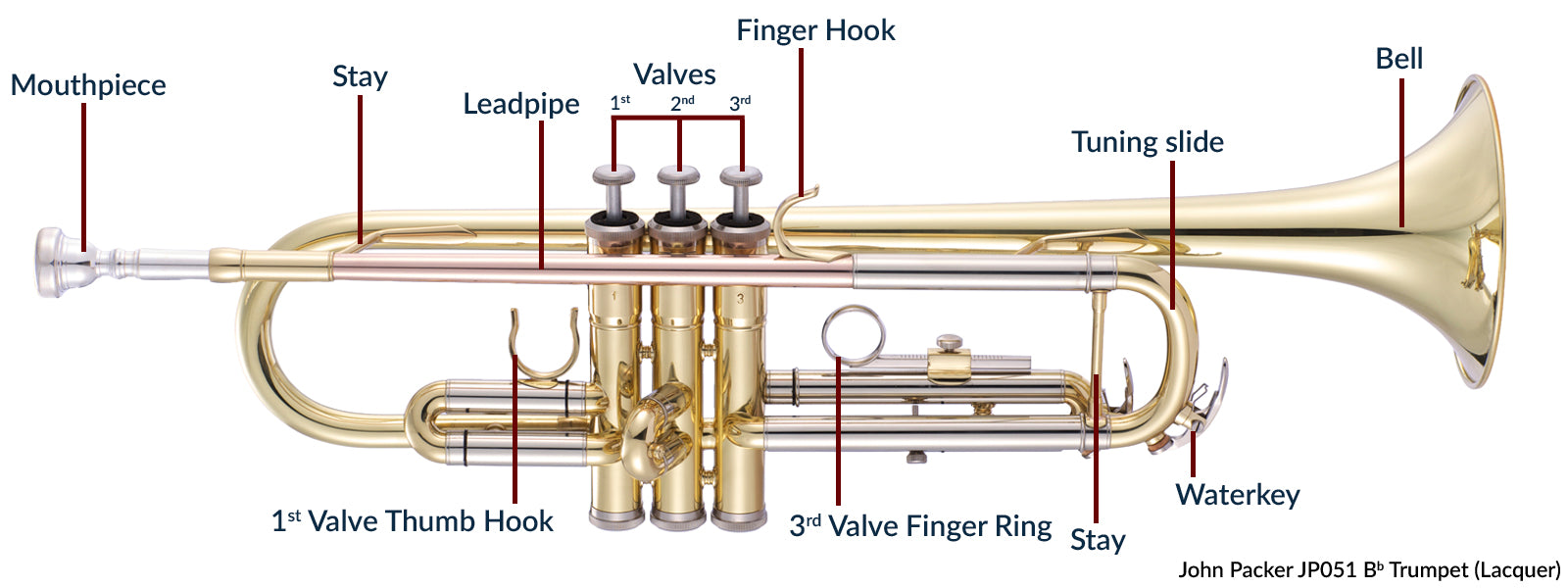
The trumpet is a popular choice for new players. It is affordable, very portable and has application across a wide range of musical repertoire including orchestra, windband and jazz ensemble. A variety of different types of trumpet are available but for new players, the standard Bb version is strongly recommended.
Types of trumpet
| Type | Notes |
| Bb | Very popular, best suited for new players, applicable to a very wide repertoire. |
| C | More application to orchestral repertoire |
| D/Eb | More application to orchestral repertoire |
| Piccolo (Bb/A) | More application to orchestral repertoire |
| Great for taking on holiday or when space is limited |
Younger Players
Learning a musical Instrument at a young age has a whole host of benefits but it is important that children are comfortable holding and playing their instrument before they start their musical journey in earnest. There are two main challenges for younger players when it comes to playing the trumpet. Physically, the player must be able to hold the instrument comfortably, supporting it at a suitable distance away from the mouthpiece.
In the image below, the player is struggling to hold the instrument with ease and is leaning backwards to try and counteract this.

This is likely to result in an uncomfortable playing experience which will, at best, inhibit progress and at worst, see the player give up completely. A poor posture will also affect lung capacity as the diaphragm is compressed and restricted.
The other consideration for younger players is their ‘embouchure’ or mouth position when starting at a young age. Developing a good embouchure can take many years and relies on making small adjustments over time. It is usually best to wait until adult teeth are fully in place so that a stable mouth and teeth position is set for players to use as their baseline for embouchure development.
If children are very keen to play before they are physically capable of playing the trumpet, there are a number of other options.
Start on a cornet
The cornet, whilst being physically smaller and lighter than a trumpet, is identical in finger positions, range and sound. This can overcome some of the physical challenges of the trumpet and may enable players to start playing at a slightly younger age. Once slightly older, players can easily switch over to playing the trumpet.
Features
Bore
The bore size relates to the diameter of the tubing in your trumpet. This has a large effect on how much air it takes to achieve a stable sound from the instrument. Student friendly models tend to have a ‘medium-large’ bore which tends to be around 0.459”. Larger bore trumpets become more prevalent at the intermediate and pro level and are capable of playing with more power but require more air to ‘fill’ them. Bore size can also have an effect on the tone of sound that your instrument produces with ‘larger’ bores producing a broader, wider sound. This subject area is frequently debated amongst trumpet players with many differing opinions. Personal preference can change dramatically amongst individuals and as a result it is always best to test an instrument extensively before buying it.
Valves
The valves and valve block are important to consider as they provide the interface through which the player interacts with their instrument. Sticky or seized valves are common issues with cheaper student instruments so be sure to check these carefully. Learning how to correctly oil your instrument’s valves will also be invaluable in reducing these kinds of issues. Valves on student instruments are usually nickel-plated. These are hard wearing, durable and perform well without frequent maintenance. Higher standard trumpets may be fitted with Monel valves which although capable of a higher standard of play, will require more frequent maintenance as they are softer when compared to nickel-plate. However, Monel valves are corrosion resistant so tend to have a longer overall lifespan. The quality of the other valve components will also play a part in the overall performance of the valve. Is the valve spring responsive? Do the valve guides fit well?
Bell
Bell size and material have a significant effect on the sound of your trumpet. The majority of trumpets will have a 4.5” bell although many other sizes are available. A larger bell will project your playing more effectively and over a wider area at the same level. The material that your bell is made from also makes a significant different to the tone of sound that you produce. See the ‘material’ section for further details.
Your trumpet bell will either be a one-piece or two-piece bell. This describes how many pieces of brass (or other material) were used to create the bell section of your instrument. Student trumpets tend to feature two-piece bells as the manufacturing process is quicker and easier. More expensive, higher standard trumpets may feature a one-piece bell which has usually been hand crafted. Instrument with a one-piece bell tend to have a slightly clearer sound as the sound is not adversely affected by the join in the bell section.
Mouthpiece
Your mouthpiece and embouchure will have as much of an effect on your playing as the trumpet you have chosen. Trumpet mouthpieces are available in a whole host of different sizes and dimensions for different types and styles of playing. Choosing a mouthpiece that works well for you is a very personal journey and heavily subjective. This process usually relies on trying many different variations before settling on the right one for you. The vast majority of student trumpets will be supplied with an entry-level mouthpiece that is suitable to get you off and running. It is common for players to look to upgrade their mouthpiece after a few years of playing as this will support their progress towards the higher grades.
Finger Hook, Slide Ring and Valve Saddle
These components make holding your instrument more comfortable. If the trumpet is being purchased for a younger player, it is worth considering a model with an adjustable 3rd valve slide ring. These are very useful for making adjustments for smaller hands and can be changed overtime as the player grows older. These components and the quality of their soldering to the main body of the instrument may provide clues about the overall care and attention that has gone into the construction of the instrument.
Waterkeys
These allow moisture to be easily drained from your trumpet and if used regularly can help increase the lifespan of your instrument. The majority of models will feature a waterkey on the main tuning slide and one on the 3rd valve slide. Several different types of waterkey can be found, the ‘traditional’ lever and spring version tends to be more common on student trumpets. On more advanced models, you may come across ‘Amado’ waterkeys which some claim give a better seal reducing air leakage. Physically, they also take up less space on your instrument but require more maintenance as they need oiling from time to time.
Stays
These help provide rigidity and strength to you instrument’s overall shape and structure. Stays can usually be found between the leadpipe and bell section and also between the opposing tubing of the main tuning slide. The soldering of the stays to the main body of the instrument can also provide clues to the overall quality of the construction of your instrument. The position of stays can also have an effect on the sound that your instrument produces. More expensive models may have gone through extensive research and development to determine the best position for stays to be placed.
Material
Traditionally Brass tends to be the most common material that trumpets are constructed from. A number of different types of brass are commonly found usually differentiated by the ratio of copper to zinc. Yellow Brass is most commonly found on student models and has a copper content of about 70% (30% zinc). High grade 80:20 brass becomes more common in step-up and more professional standard models. Rose, or red, brass has the highest copper content at about 90% and is capable of achieving a warmer, mellower tone more easily. Rose brass can sometimes be found in the construction of some leadpipe and bell sections on student trumpets. This can support the swift progression of newer players and also has the advantage of resisting ‘red rot’ and corrosion.
5 must have trumpet accessories
Trumpet stand
A good quality instrument stand will help avoid accidental knocks and accidental damage to your trumpet. Whether you’re changing music during your practice or taking a short break, a trumpet stand is a great investment. Some models can even be stored inside your instrument’s bell section which makes transport a breeze. Do note that we always recommend placing your trumpet back in its case after each practice.
Valve Oil
A vital piece of maintenance equipment for all trumpet players, valve oil will enable you to keep your trumpet in top playing order and will stop your valves from sticking or seizing completely. Many different brands are available depending on your personal preference.
Brass mouthpiece brush
Well-designed for a specific task, a brass mouthpiece brush makes cleaning your mouthpiece simple and quick.
Tuner and metronome
A worthwhile accessory for any new player, not just to the trumpet. Digital metronomes and tuners are affordable and easy to use with a large range of extra features to support your learning.
Music stand
Another general accessory that all players should have, a good quality music stand.
4 most popular student models
John Packer JP051 Bb trumpet
Our own John Packer JP051 Bb Trumpet is a favourite with the UK education system and has been refined over many years to be perfect for first time players. It features a rose brass leadpipe for a warm sound, a medium-large bore and is supplied with a mouthpiece and case.
Yamaha YTR2330 Bb Trumpet
Yamaha’s entry-level YTR2330 Bb trumpet boasts monel valves and a very high standard of construction and materials. Instruments bearing the Yamaha mark can be relied upon for their quality construction and great sound quality.
pTrumpet Bb Trumpet
At less than half the weight of a conventional brass trumpet, the pTrumpet features a large 4.75” bell for fantastic projection and is less prone to dink and dents. A fantastic choice for younger players to inspire them.
Jupiter JTR500-Q Bb Trumpet
New in December 2015, the Jupiter JTR500 features a gold brass bell for a warm, dark tone. Other features include stainless steel valves, a gold brass main tuning slide bow and a lightweight case with shoulder straps.
Hire & Assisted Instrument Purchase Schemes
Several schemes are in place to support new players as they start their journey to learn the trumpet. Our instrument hire scheme enables students to hire a trumpet at an affordable monthly cost and at the end of the 24 hire payments, you keep the instrument.
Our Assisted Instrument Purchase Scheme (AIPS) aims to reduce the financial burden of purchasing your first instrument. If students are attending a UK based state school it is usually possible to purchase the instrument through the school benefiting from their VAT exempt status. Students must be in full time education and receiving music tuition. It is possible to combine both our instrument hire scheme and then to purchase the instrument through the school via the AIPS scheme for maximum benefit.
Discover more about the AIPS scheme



